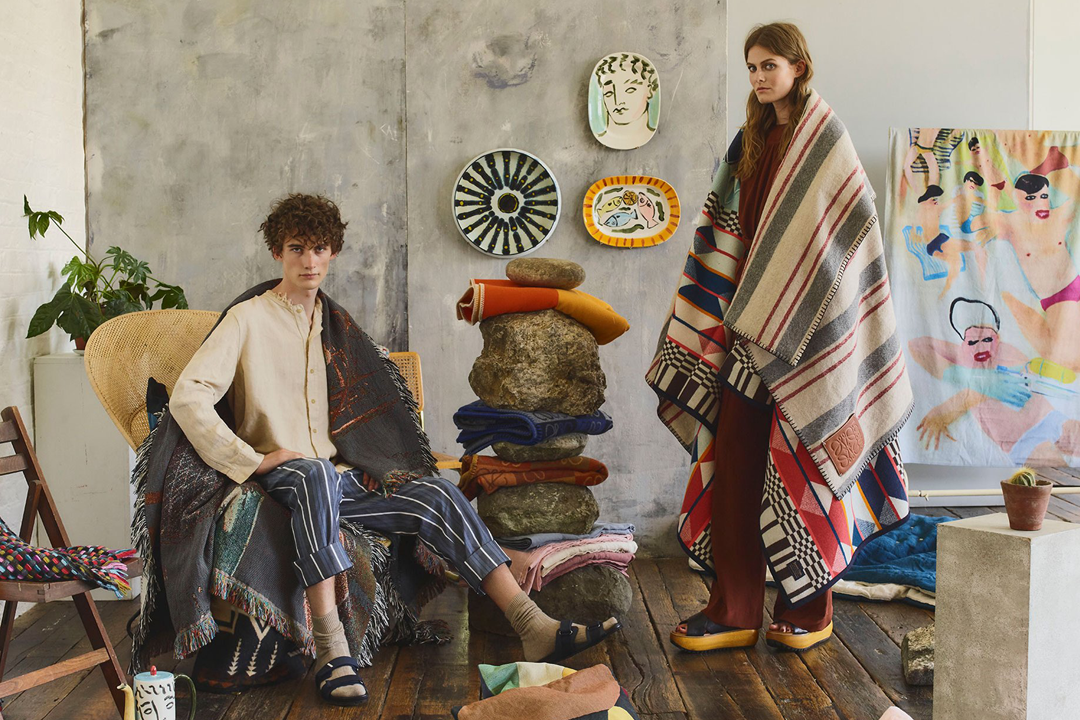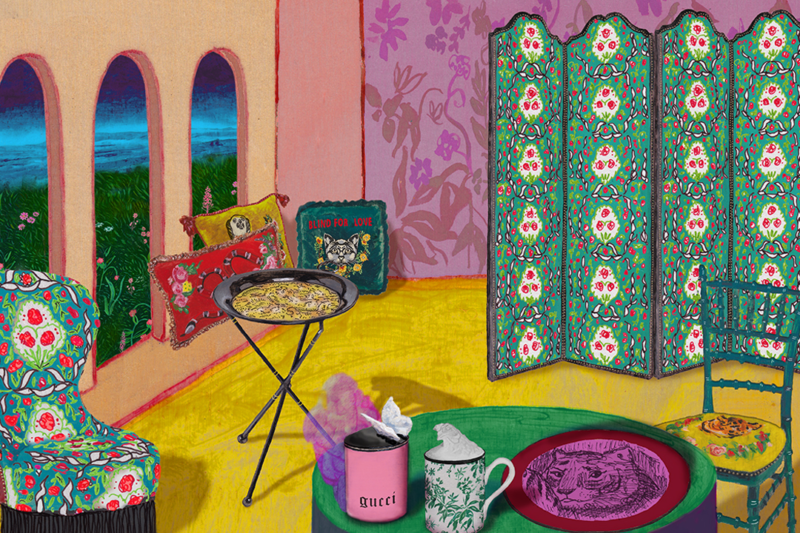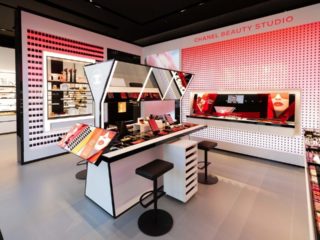With an eye on the $150 billion home furnishings market, luxury fashion e-commerce retailers are beginning to branch out into the interior space
Paris, FRANCE – Millenial consumers are officially all grown up. They’re getting married, starting families, buying their first home and tackling renovations. When it comes to furnishing their homes, research shows that millennials splash $US1,500 on their living rooms alone, a far greater amount than previous generations spent at the same stage of their lives.
“It’s no surprise that in this Instagram era, when people are aware of their image, that they would also invest in their home and master their surrounds. It’s all about self-expression, an extension of themselves,” explains Ellen Scherer, market manager and home expert at Lambert + Associates.
Founder and CEO of furniture startup The Inside, Christiane Lemieux tells Fast Company, “…to the modern consumer, the home is never finished: It’s always a work in progress. We are constantly changing the way it looks, rearranging the furniture, bringing in new pieces, changing the colors of our walls.” Evidently, this trend has not gone unnoticed. In fact, a host of luxury e-commerce retailers from MatchesFashion.com to Moda Operandi are now looking to address their customers’ needs beyond the wardrobe.
The rationale behind the move into designer homeware is clear. With a database of high net-worth customers at their fingertips, these retailers are perfectly positioned to tap into an audience with an affinity for designer labels, and a presumed interest in interiors.
Bringing the high-end to the home
After successful one-off collaborations, luxury online retailer Moda Operandi launched their permanent home section in April last year. “We are positioning Moda [Operandi] to become the fashion voice in the home space, offering a unique curation that customers cannot find elsewhere,” Moda Operandi CEO Deborah Nicodemus told Forbes. According to the company, the first home decor order placed on the site totalled $US53,000 – proving that there is a strong demand among its customer base.

Not one to lag behind, as of last year, e-commerce site MatchesFashion.com also offers a curated homeware selection. In terms of brand mix, MatchesFashion.com chose to feature designer homeware lines from existing partners (House of Hackney, Gucci, La DoubleJ) rather than investing in designer homeware specialists.
The selection dovetails into the aesthetic of the retailer’s experiential townhouse concept. This comes as no surprise, given that the same buying team that is responsible for clothing and accessories also looks after homewares. It’s a concerted effort to position the retailer as more than just a store that sells clothing, shoes and handbags – it’s about the lifestyle.
Challenges in the design space
Traditionally, the biggest barrier to entry in design e-commerce is the high cost of shipping and storing bulky furniture. It’s obviously easier to deliver a tasselled Gucci cushion than a marble coffee table from &tradition. For the moment, Moda Operandi and MatchesFashion.com are focusing exclusively on small home decor, candles and soft furnishings, small decorative objects, tableware and candles.
Fashion retailers also face stiff competition from design and furniture specialists. E-commerce websites such as One King’s Lane cater to the design community with an extensive product assortment of over 40,000 products (compared to the 600 SKUs on MatchesFashion.com). Then there’s global design marketplace 1stdibs, which targets very affluent consumers. In fact, their top 5,000 purchasers have a net worth surpassing $US10 million.
According to MarketWatch, the global luxury furniture market is projected to exceed more than $US27.01 billion by 2024, with a CAGR of 4.1% during the forecast period between 2015 and 2020. This growth is driven by factors such as the rise in disposable income growth, leading to an increased demand for luxury interiors. With
For example, Yoox.com has been building out its home section since 2006. Curated by Beatrice Trussardi, cultural patron and President of the Nicola Trussardi Foundation, the site features a line-up of contemporary arts and designers. Sprinkled between limited edition artworks are objects and furniture by Italian masters like Gio Ponti and Ettore Sottsass. Interestingly, fifty per cent of customers who are buying design
Selling the lifestyle, not just the shopping
As CEO of Yoox.com Federico Marcetto points out, it’s not about big-ticket items that are planned for months in advance, but spontaneous purchases – like a vase or small table. Today, most luxury fashion e-commerce retailers aim to be a one-stop shopping destination: a place where consumers can buy a cocktail dress, new lipstick and a set of Baccarat champagne flutes.
Are you considering to expand into a new product category or vertical? We work with brands and retailers to assess potential risks and opportunities in diversifying their retail operations. Find out more about our retail and digital consulting services here.







